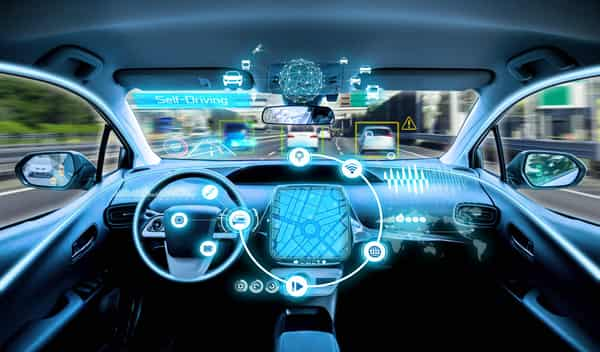In today’s fast-paced technological landscape, Spandana Sagam, a distinguished researcher, explores the transformative innovations reshaping autonomous vehicle (AV) safety when connectivity is absent. Her work dives into the critical technical challenges AVs face and the groundbreaking strategies designed to overcome them.
What are the biggest hurdles for AVs without connectivity?
The absence of connectivity strips autonomous vehicles of real-time data, making navigation more complex and less safe. Without the benefit of Vehicle-to-Everything (V2X) communication, AVs must rely solely on onboard sensors, which have limited range and struggle under poor weather or obstructed conditions. This restricted situational awareness can lead to delayed decisions and greater accident risks, as AVs may not detect sudden road hazards, unexpected traffic conditions, or changing signals in time.
How do AVs compensate for limited real-time information?
To counteract the lack of connectivity, AVs are equipped with advanced onboard sensors like cameras, LiDAR, and radar. However, even the most sophisticated sensors can fall short, especially in dynamic environments. Innovations are focusing on improving sensor range, enhancing detection algorithms, and creating hybrid systems that seamlessly switch between connected and non-connected modes. These technological leaps help AVs navigate congested roads and adverse weather while maintaining safety.
What’s the impact on cooperative driving when connectivity is missing?
Cooperative driving relies heavily on V2V (vehicle-to-vehicle) and V2I (vehicle-to-infrastructure) communication. Without these, AVs lose the ability to share crucial data with other road users, limiting predictive capabilities and increasing the likelihood of traffic conflicts. Cutting-edge solutions are now pushing the envelope with AI-based predictive modeling that allows AVs to infer the intentions of nearby vehicles and adapt accordingly. These systems aim to mimic the benefits of cooperative driving, ensuring smoother merges, safer lane changes, and better flow through intersections.
How critical are remote software updates for AV performance?
Remote software updates—or over-the-air (OTA) updates—are essential for keeping AVs secure and high-performing. Without connectivity, AVs miss out on crucial performance boosts, cybersecurity patches, and feature enhancements. The latest industry innovations are moving toward modular software architecture, which simplifies manual updates, and robust onboard diagnostic tools that help detect and resolve issues without external input. While these advancements are promising, they still can’t match the convenience and speed of OTA updates.
How does the lack of connectivity affect traffic management integration?
Connectivity enables AVs to integrate with centralized traffic management systems, optimizing flow and reducing congestion. Without it, AVs operate in isolation, potentially worsening traffic jams and missing out on adaptive routing and smart signal coordination. Researchers are developing infrastructure-based sensing and predictive algorithms to bridge this gap, aiming to support mixed traffic environments where connected and non-connected vehicles coexist. These innovations hold the promise of improving highway capacity, cutting down travel times, and reducing accidents—even when connectivity is not universal.
What future strategies are being explored to address these challenges?
The automotive industry is steering toward a multi-layered safety approach, combining superior onboard systems, advanced AI, and adaptable infrastructure. Some promising strategies include enhancing sensor fusion, designing fallback mechanisms for intermittent connectivity, and bolstering regulatory frameworks to support hybrid operations. These developments are paving the way for AVs that can deliver safety and efficiency, regardless of whether they’re operating in a connected environment.
In conclusion, Spandana Sagam’s research illuminates the innovative pathways shaping the future of autonomous driving. While the absence of connectivity presents undeniable challenges, ongoing advancements in sensors, software, and traffic systems are pushing the boundaries of what’s possible. As technology progresses, the goal remains clear: to build resilient, adaptable AVs capable of transforming transportation safety across diverse environments.






